German hotshot producer DJOKO has become a force to be reckoned and his various releases on the likes of PIV, Berg Audio, and Talman Records are a testament to his studio skills. His smooth, well-rounded production style is the envy of producers everywhere so a tutorial via The Source was inevitable. As always, to accompany each tutorial we sat down with DJOKO to find out a little more…
Can you explain in detail your tutorial?
In my tutorial, I try to give producers, who are struggling to move one from a basic loop, an easy to use the technique for making it more interesting with elements you already have. Instead of searching for pre-made samples somewhere, which often results in an endless task, this one is a quick and easy strategy to shoot your sketch into the next level. To do that I’m using the help of Ableton’s own vocoder. There are only the basics shown and the viewer then can tweak it to his personal liking. Also, later I am showing a similar technique with an external plugin called ‘Fracture’ by Glitchmachines which is free to download. It roughly comes down to the same, sweet results.
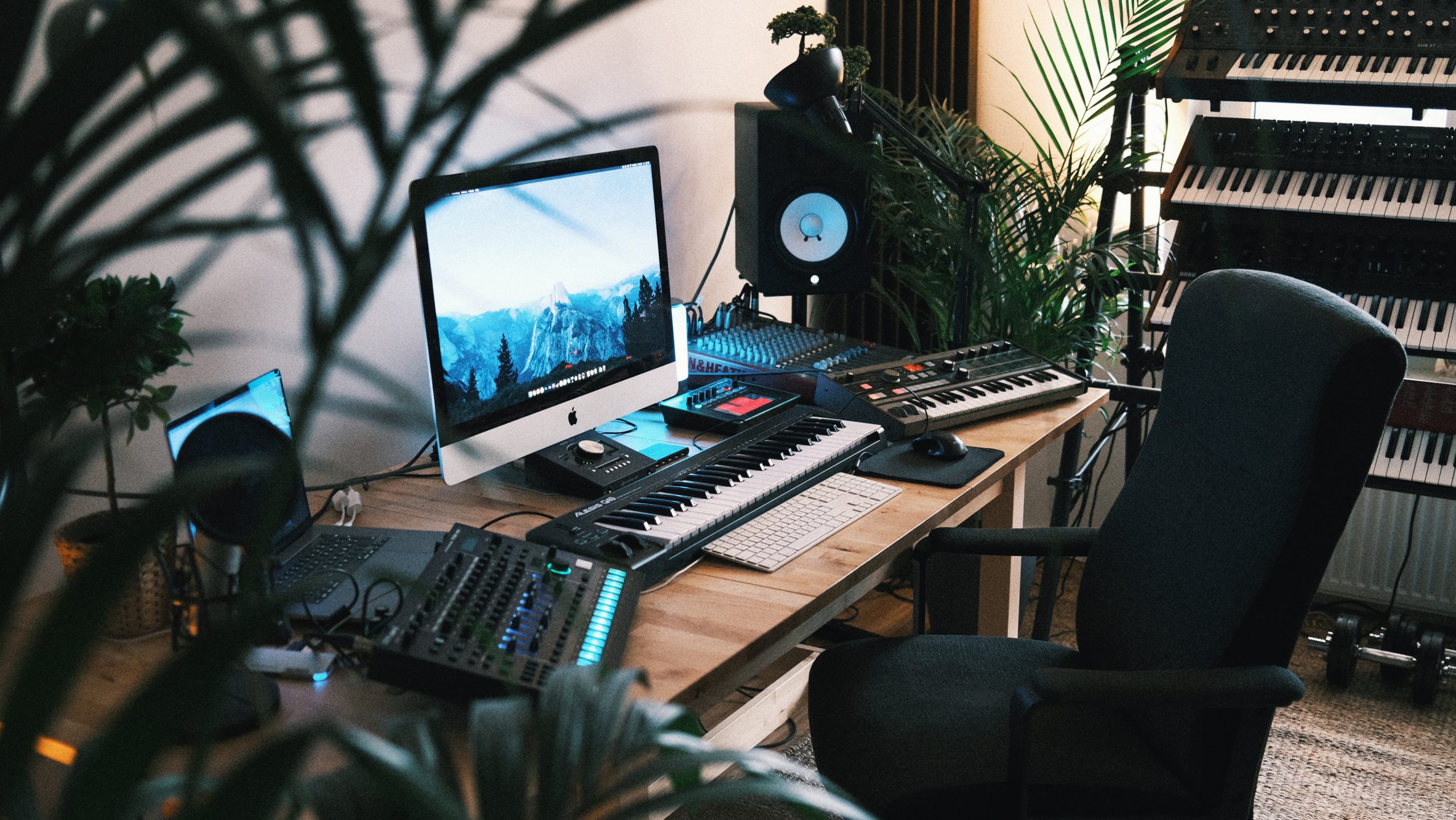
Would you always use this particular technique?
No, I try to mix it up and not rely on the techniques which worked well in the past. The reason they worked well often came from not knowing what I do. The more I get into the plugin, the more I get bored of it. There are a lot of different ways to create those weird, glitchy rhythms. The ones I showed are just two of the many ways that I wanted to give away.
Do you prefer using the plug-in versions of the synths rather than hardware?
It varies. Sometimes I like to be able to program & automate everything with the plugin versions until the end. Then again, the limitation of not being able to do that can be part of the fun. By eliminating too many possibilities it lets me focus on the essential things when building a track. I wouldn’t use hardware because it sounds analogue. After all the analogue feel in my opinion comes not only from distortion but from timing and pitch imperfections. I use analogue to get away from the mouse; to have a different view for a little bit. To stand up – to sit down again. Like the famous toilet test. Instead of refreshing your ears, you refresh your posture and view which usually helps to get out of the musical rut.
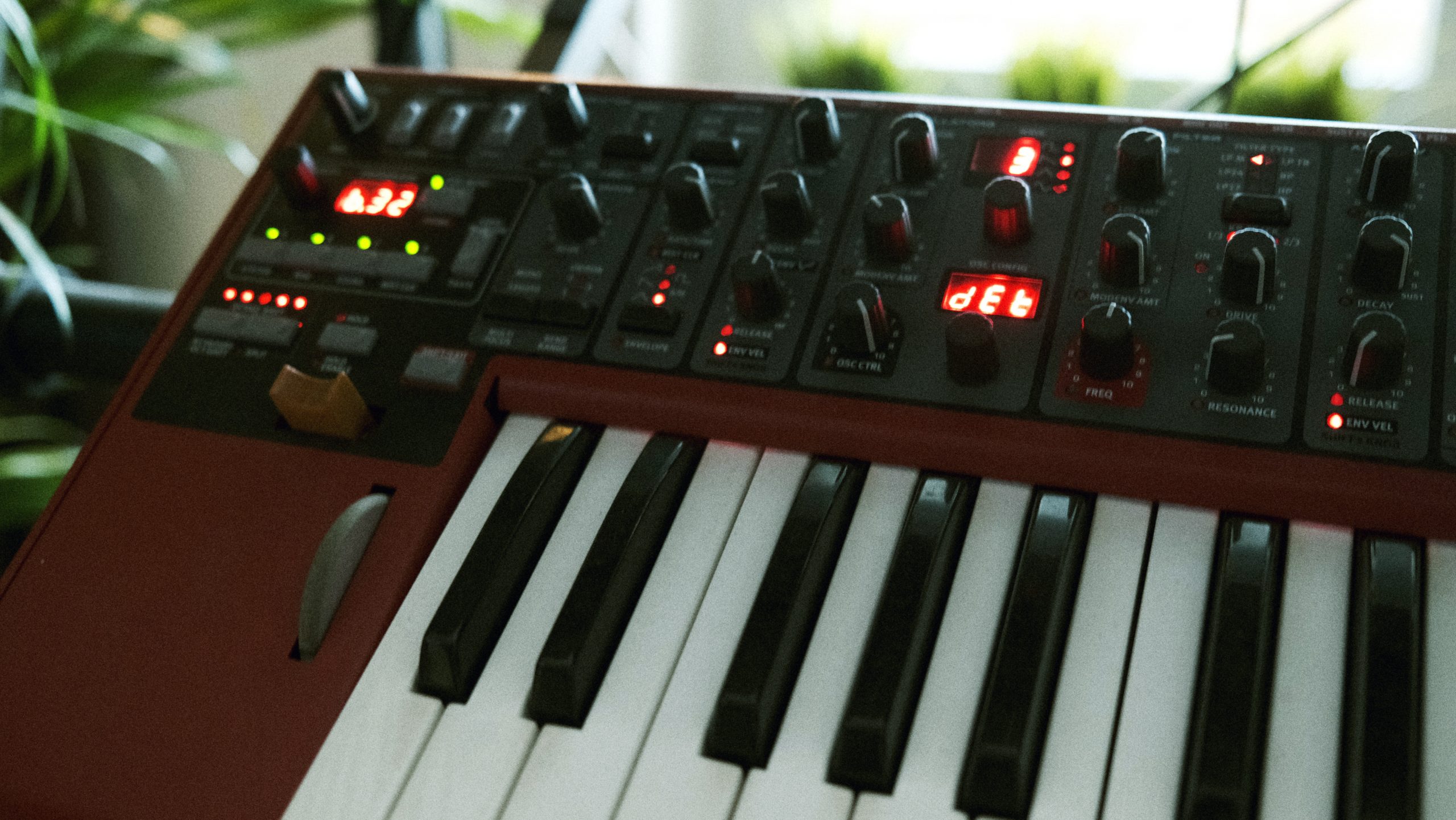
Do you have a go-to synth or plugin that you use for basslines?
U-HE’s Diva has been that plugin for quite a while now but I’m now checking out Rob Papen’s Blue 2. It’s especially nice for these nice electro bass sounds. Also, the user interface is really intuitive and easy to understand. Basslines I rarely record on my hardware since these are not synced to my computer. I’d have to rearrange the notes too much. Another plugin I really want to look into is Spectrasonics Trilian but I’m a little turned off by the heavy amount of disk space it needs.
Which track of yours have you noticeably used this technique on?
I used it in my track ‘Atomic Pulse’, ‘In Favour’ and an upcoming track called ‘My Dog Never Barks’, which is featured in the tutorial.
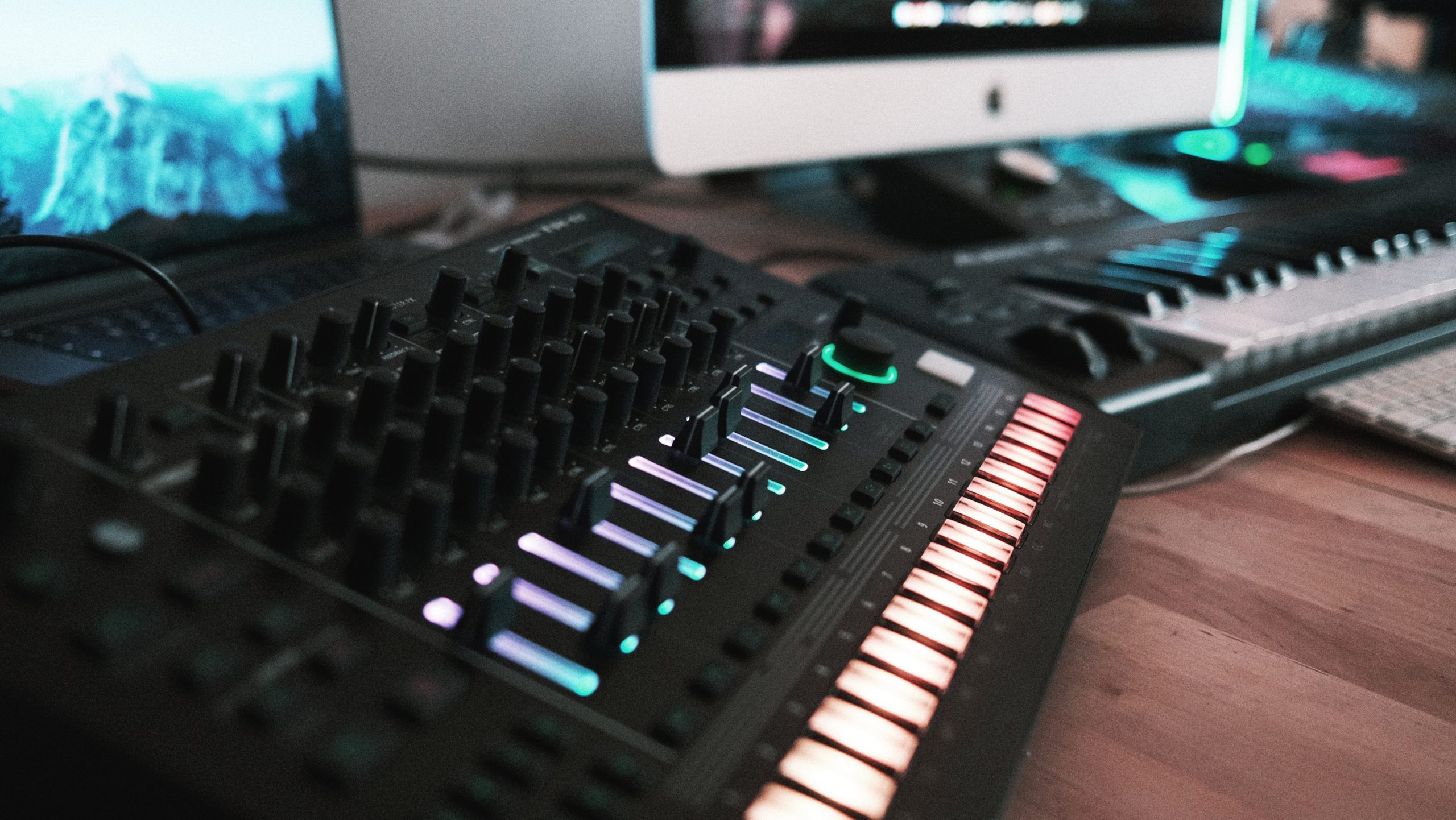
It’s a bit of an unspoken thing that some, not all successful producers use loops in their tracks, not all producers have access to or money to buy racks and racks of modular gear. Do you have a go-to sample pack that you have perhaps created yourself over the years?
Yes, I’m a big fan of sampling. For me, it’s the idea of collaborating with someone you haven’t met. Whenever I feel like something is worth being sampled I take it right away. A copy of something is always gonna stay a copy but it’s never gonna be exactly the same. I worked on my own sample pack for some time which only just came out on PIV. It features 820mb of hits and loops which are ready to be implemented into existing production or start something completely new from scratch.
More info on DJOKO
Trommel Podcast | Facebook | Resident Advisor | SoundCloud | Bandcamp | Discogs
More info on The Source
Instagram



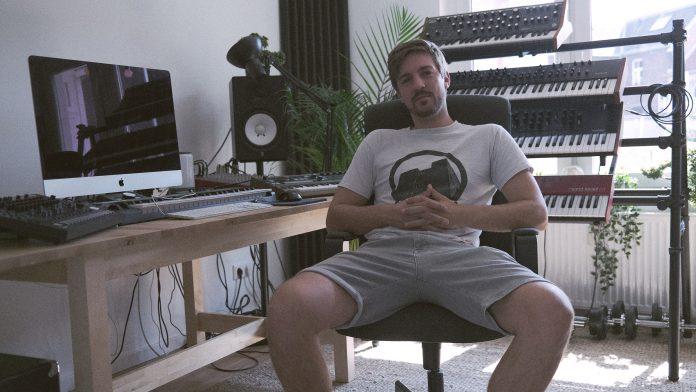
![Premiere: A1 – Kolter – U Make Me Feel [HOOVE004] HOOVE004 - Kolter record artwork](https://trommelmusic.com/wp-content/uploads/2023/05/HOOVE_Artwork_004-Johannes-Kolter-218x150.jpg)
![Premiere: B1 – Politics Of Dancing x Lowris [PODCROSS007]](https://trommelmusic.com/wp-content/uploads/2022/08/PODCROSS07-WEB-B1400x1400-Politics-Of-Dancing-Music-218x150.jpg)

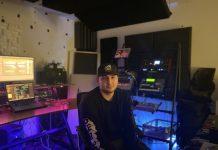


![Premiere: A2 – Sancturu – The Last Romantic [ERROR404-02]](https://trommelmusic.com/wp-content/uploads/2025/12/TAPAERROR404-324x235.jpg)
![Premiere: B1 – Spacekid – Lonely [DAMNLTD002]](https://trommelmusic.com/wp-content/uploads/2025/12/photo_2025-12-07_14-51-16-100x70.jpg)
![Premiere: A1 – Paularner – Narco Dollar Health Care [MCBR007]](https://trommelmusic.com/wp-content/uploads/2025/12/MCRB007_template_Side_A_mockup-100x70.jpg)
![Premiere: 5 – Hustache – Destiny (Topper Remix) [ATRD004]](https://trommelmusic.com/wp-content/uploads/2025/12/ATR004_DEF-Ben-Carew-100x70.jpg)
![Premiere: B2 – Art Fact – Problems (Ruben Mix) [GT9.01]](https://trommelmusic.com/wp-content/uploads/2025/11/1181209b-100x70.jpg)
![Premiere: 3 – Alejandro Cuestas – Noches de Olivar [CVL046]](https://trommelmusic.com/wp-content/uploads/2025/12/BUFADERO-CUESTAS-CALANCHE-Cavilar-100x70.jpg)
![Free Download: AI Robot – Blue Reflection [TFD124]](https://trommelmusic.com/wp-content/uploads/2025/12/image00005-100x70.jpeg)
![Premiere: 1 – Edine – HDF32 [LETSDIGI018]](https://trommelmusic.com/wp-content/uploads/2025/12/Hdf-32-Edine-Music-100x70.jpg)
![Premiere: B1 – Levan Grdzelidze – Prince Of East Side [GRFF021]](https://trommelmusic.com/wp-content/uploads/2025/11/GRFF021-Mockup-B-100x70.jpg)
![Premiere: 1 – adnan (DE) – Secrets [DBKAD027]](https://trommelmusic.com/wp-content/uploads/2025/12/DBKAD027-Trommel-Duboka-Info-100x70.jpg)